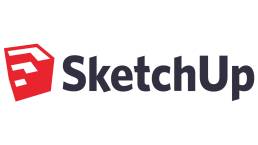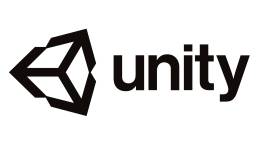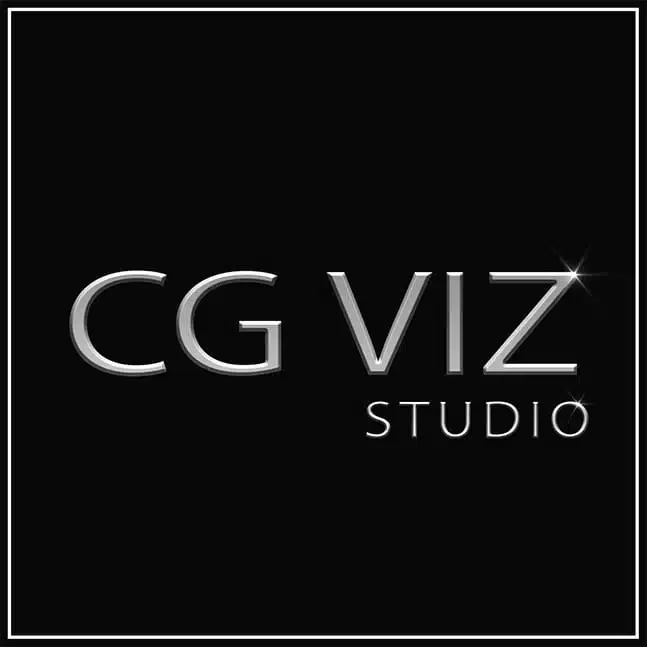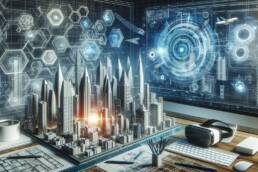What tools are currently used for 3D Designing for VR?
Hi everyone, today we have a different topic to discuss with you. Hope it might help you in designing the purpose.
Virtual reality is an artificial environment that is created with software and presented to the user in such a way that the user suspends belief and accepts it as a real environment. On a computer, virtual reality is primarily experienced through two of the five senses: sight and sound.
How does it work?
There are a number of systems and hardware that will allow users to experience Virtual Worlds. These include headsets, headphones, specialized gloves, and omnidirectional treadmills for running and jumping, thus allowing the wearer to explore the environment and experience touch in a virtual world. Our brains and our senses have evolved enough to actually work together in order to provide you with accurate feedback on your immediate surroundings. Creating enjoyable and effective Virtual Reality experiences can be so difficult. Moreover, for the virtual worlds to be convincing enough in order to fool your senses, the developers have to take into account your field of vision – that includes your peripheral vision.
Tools for Virtual Reality:
Google Tilt Brush:
Tilt Brush lets you paint in 3D space with virtual reality. Your room is your canvas. Your palette is your imagination. The possibilities are endless. Tilt Brush is a Virtual Reality Tool that paints the space all around you.
With Tilt Brush, you can paint in three-dimensional space. Just select your colors and brushes and get going with a wave of your hand. Your room is a blank slate. You can step around, in, and through your drawings, as you go. And, because it’s in virtual reality, you can even choose to use otherwise-impossible materials like fire, stars, or snowflakes. Tilt Brush makes use of the Vice room-scale functions to create a space in which you can view and create art.

Google Sketchup:
Google’s SketchUp is a basic modelling application with a very low learning curve that can get anyone up and running in a short amount of time. The tutorials on the website are excellent, not only teaching the basics of the software but also as introductory lessons to basic 3D modelling concepts. We can quickly learn the basics of modelling with SketchUp and then move on to more advanced tools like Blender if we desire. It’s really great for modelling, quickly learning the lingo, and then moving on to bigger and better things. There’s a free trial version of this software.

3D Blender:
Blender is quickly becoming a favorite model for many VR developers. It’s free and open-source software written in Python and is available for Windows, Mac, and Linux. There’s a huge community of people devoted to this software and its use. Many websites provide tutorial videos, forums, and documentation.
The software is also quite comprehensive. Mainly for modelling, UV mapping, lighting, rigging, and 3D animation, we can export our models to a multitude of formats that can then be used with many other tools. There’s even a great plugin for exporting your creations into JanusVR with free open-source plugins.

Unity 3D:
Unity is by far one of the most important tools being used today for VR development. At its heart, it’s a game engine. It has a direct VR mode to preview your work in an HMD (Head Mounted Display) which can really boost productivity by designing for VR within a virtual environment. Unity is quickly becoming the default tool for VR development due to its ease of use and ability to quickly prototype VR applications with it.
There’s a huge community around this tool so there is plenty of resources and documentation to learn from. C++ or JavaScript needs to get into the scripting pretty easily as well. All major HMDs are supported and we can export our work to almost any platform imaginable, even WebGL..

Unreal Engine (UE4):
One of the main competitors of Unity 3D, Unreal Engine is also a gaming engine with VR integrations. The graphics are doubtful more advanced and realistic and the learning curve is similar to Unity. Many of the VR demos built with UE4 are much more life-like and smoother to navigate within. It provides great performance with the conveniences of a modern editing environment. UE4 also exports to most platforms but exports to slightly less than Unity.

Conclusion:
There are so many creative tools out there for virtual reality, that it’s nearly impossible to address them all. So we have discussed the few tools above.
Current VR technology most commonly uses virtual reality headsets or multi-projected environments, sometimes in combination with physical environments or props, to generate realistic images, sounds, and other sensations that simulate a user’s physical presence in a virtual or imaginary environment. A person using virtual reality equipment is able to “look around” the artificial world, move around in it, and interact with virtual features or items. The effect is commonly created by VR headsets consisting of a head-mounted display with a small screen in front of the eyes, but can also be created through specially designed rooms with multiple large screens.
The global virtual reality market is expected to witness steady growth during the forecast period due to the high adoption rate of virtual reality technology in industrial applications.
The market for virtual reality in gaming is fuelled by numerous factors such as continuous advancements in gaming technologies, namely 3D effects, motion tracking, and user interactive graphics. The increase in disposable income is also a key factor augmenting the market, as with rising disposable incomes, individuals are inclined towards new innovative reality games and entertainment solutions to entertain themselves. Nonetheless, cost-effective devices with gesture control and economical sensors for motion tracking are projected to be introduced to the market in the near future.
Virtual Reality is the new way that your computer presents information to you, and will be the best one so far. So it will replace the traditional Human-Computer interface, which is your computer monitor, and give you much better experiences. Think of what we had as a “Multimedia Computer” in the era of 80286, and now every computer is a Multimedia computer. So everything you do with the computer through a monitor today will be done better in VR tomorrow. 3D Design, programming, browsing, shopping, etc.
CG VIZ STUDIO provides high-quality 3D Immersive virtual reality services such as HD 360 Degree Renderings, and fully Interactive Virtual reality 3D Architectural Walk-Through Environments for various businesses. We work & experiment with all the latest high-end Virtual Reality technologies such as Oculus Rift, in order to create unique and convincing experiences.
Thank you.



